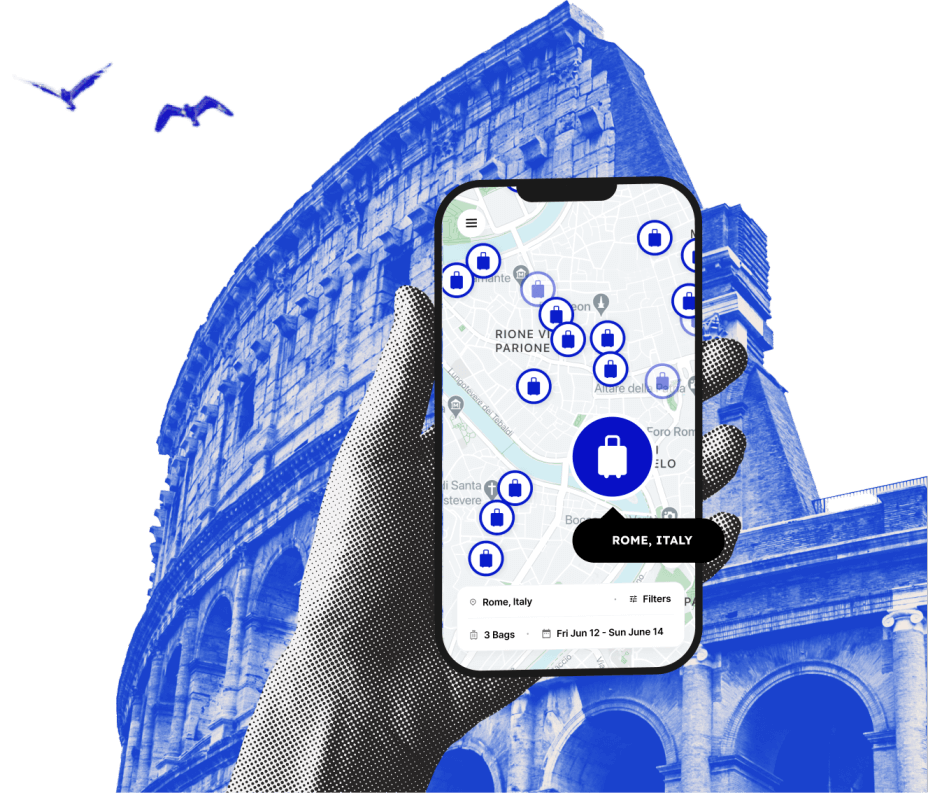How To Get Around Vancouver
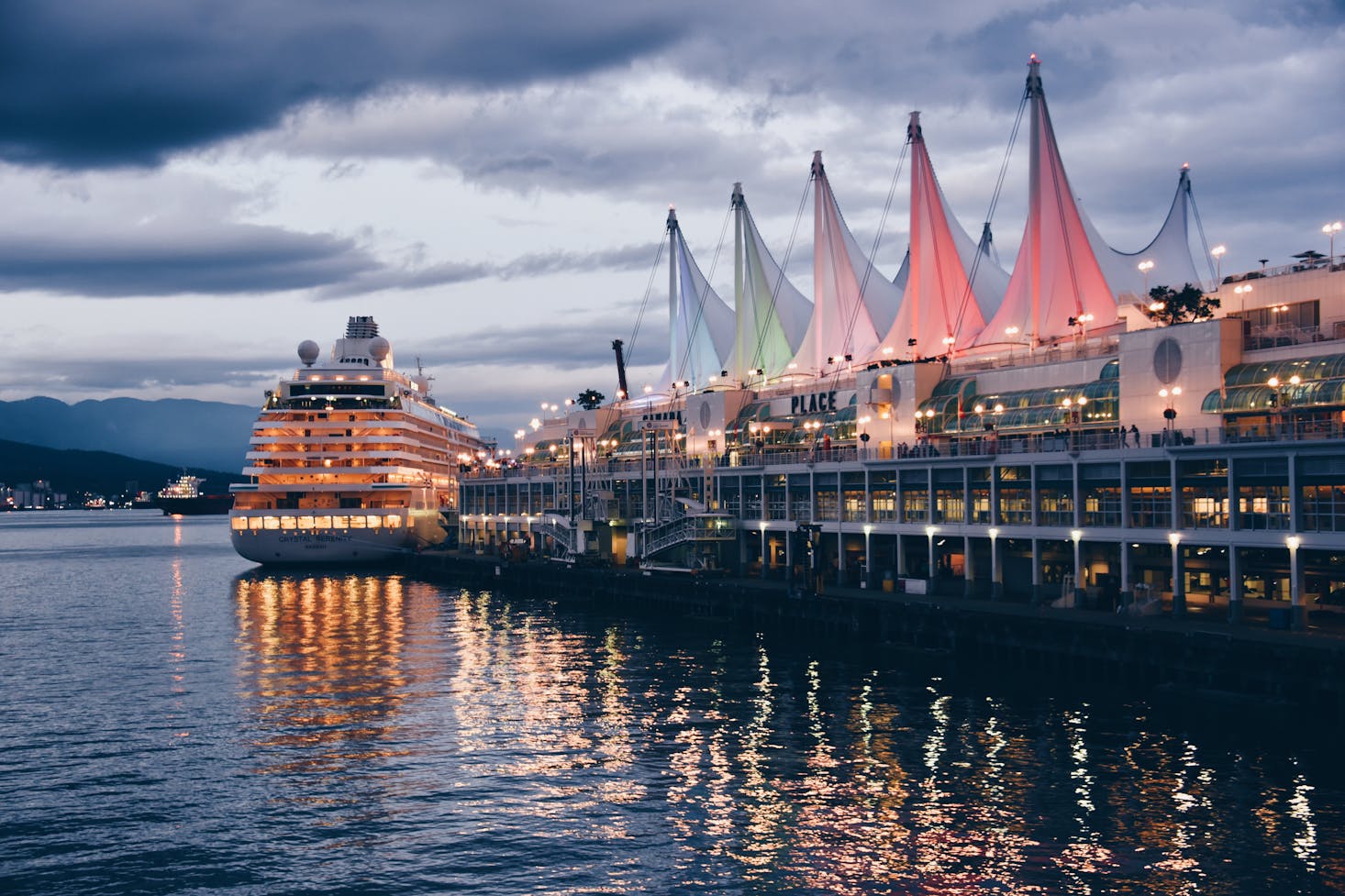
Located on Canada's mountainous West Coast, Vancouver is a city with abundant natural splendor on its doorstep. Locals boast of being able to ski in the morning and sail in the afternoon, and whether any of them actually do that much in a day, it remains a fact that Vancouver offers a wealth of outdoor activities. Plus, as Canada's third-largest metropolitan area and a center for immigration since the city was founded, Vancouver is also a great place to go shopping, and a fascinating cultural city to explore.
Getting the most out of Vancouver means knowing how to get around. The city's public transportation network has come a very long way in recent years, making it easier to explore a city that seems to be forever changing as it grows. Of course, you'll have a much easier time navigating Vancouver's transit system if you don't bring heavy bags with you. Drop off your bags at a Bounce luggage storage in Vancouver so you can really get to grips with your transit options in this beautiful and vibrant city.
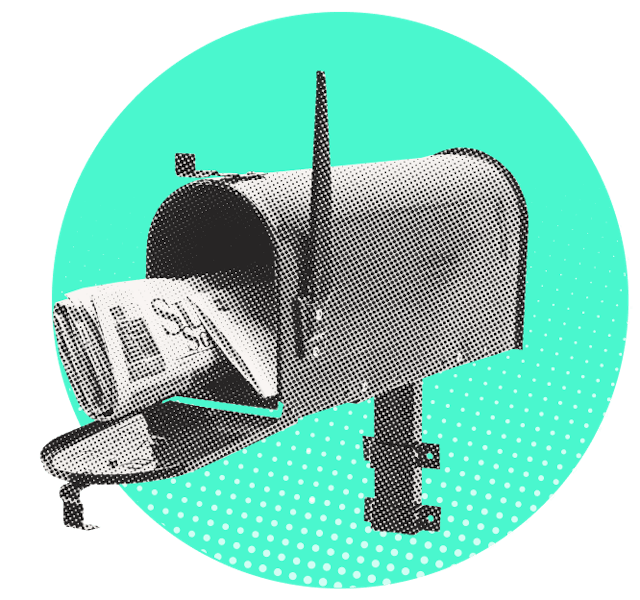
Love discounts and traveling?
Sign up for our newsletter and get 10% off your next booking.
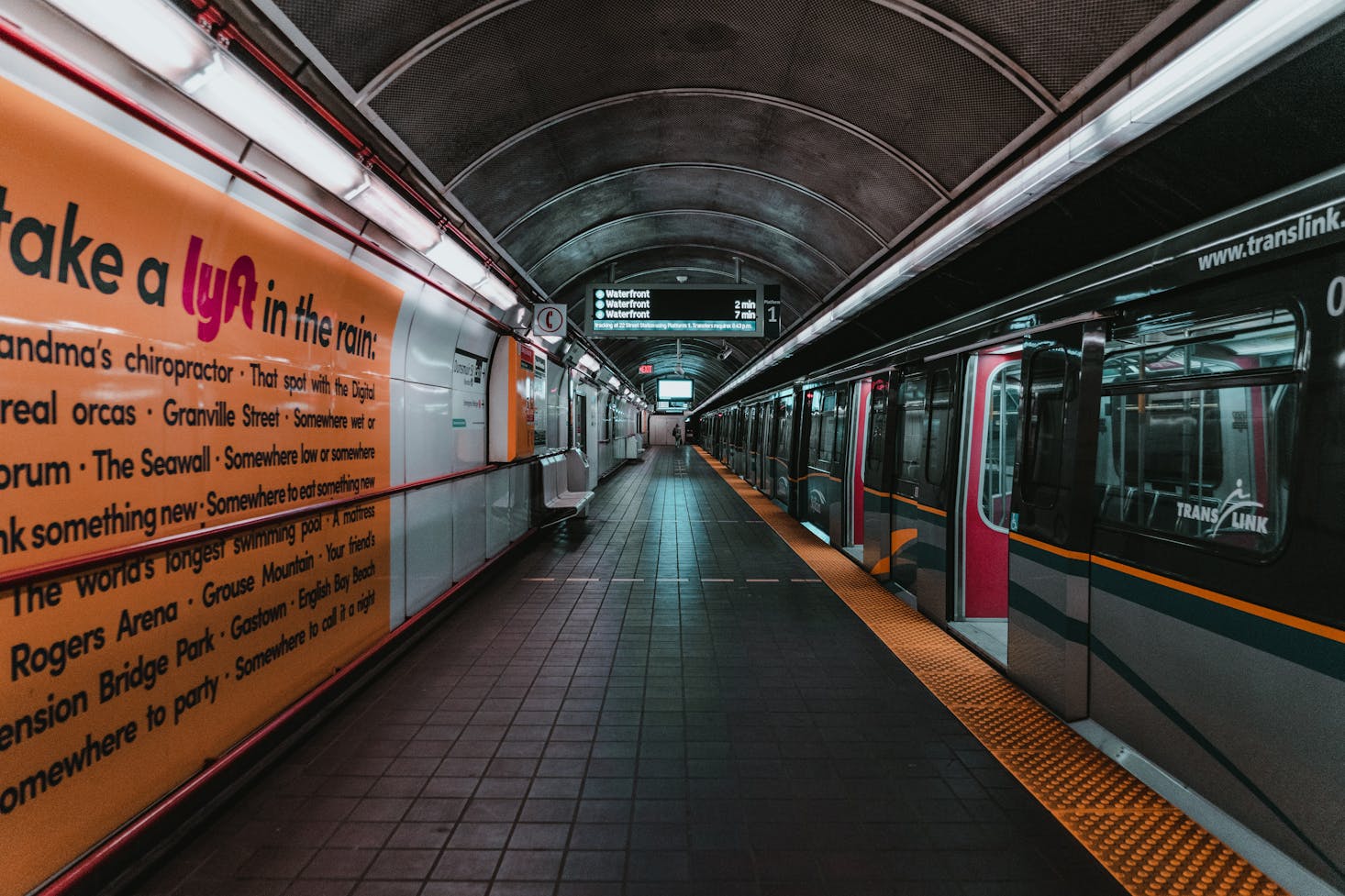
How to get around Vancouver by train
Without the railway, Vancouver wouldn't be the city it is. Vancouver was little more than a collection of shacks belonging to local loggers and fishermen until the railway came to town and joined the city to the rest of Canada. Since then, Vancouver has never looked back.
However, Canada's train system is nothing like what you'll find in Europe or Asia. Over the years, Vancouver's center of gravity has shifted, so the city's train station on Main Street may sound central, but actually lies outside of downtown Vancouver and in an area that is now quite seedy. Still, that may not matter so much, because Vancouver's Pacific Central Station is not the first port of call for most visitors to the city. While passenger trains do come to Vancouver, and long-distance buses make use of Pacific Central Station, train is not how most people reach the city.
Vancouver International Airport lies on an island just to the south of the city of Vancouver itself. This is how most of Vancouver's visitors reach the city, and the airport is well-connected by the city's transit system to bring those visitors where they want to go. You'll find checker cabs and private transfers available at the airport that will bring you to the city in around 20 to 30 minutes, depending on traffic. But if you prefer to take public transit, you'll be glad to know that Vancouver International Airport is also served by Vancouver's Metro system.
Forget the subway. Vancouver is too beautiful a city to hide underground, and so the city is instead served by an elevated rail system called the Skytrain. Operated by Translink, Skytrain stations serve downtown Vancouver and the outlying municipalities of Burnaby, Surrey, New Westminster, and Coquitlam. Skytrain is a fully automated and driverless rail system, meaning you'll need to buy tickets before you board. You'll find ticket machines at every Skytrain station, and you can also buy passes at London Drugs pharmacies and 7-Eleven outlets. Six dollars will buy you a reloadable Compass Card, and the $6 deposit is refundable when you return the card at the end of your trip. You can even get a wearable Compass wristband if you're the type that's prone to losing public transit tickets. Remember to scan your ticket at the turnstile before boarding the Skytrain.
Vancouver's Skytrain system consists of three lines. The Canada Line links Vancouver International Airport to downtown Vancouver, stopping at downtown's Waterfront Station right next to the cruise ship terminal. This makes it an important part of the city's travel infrastructure, especially for tourists. The other lines of the Skytrain, the Millennium Line and the Expo Line, are older and are more frequently used by locals coming into the city from the suburbs. However, the Skytrain can be a useful way to get around the city to explore some of the attractions outside of downtown. For instance, Granville Island can be reached by taking the Skytrain across False Creek, and the Skytrain also serves Science World.
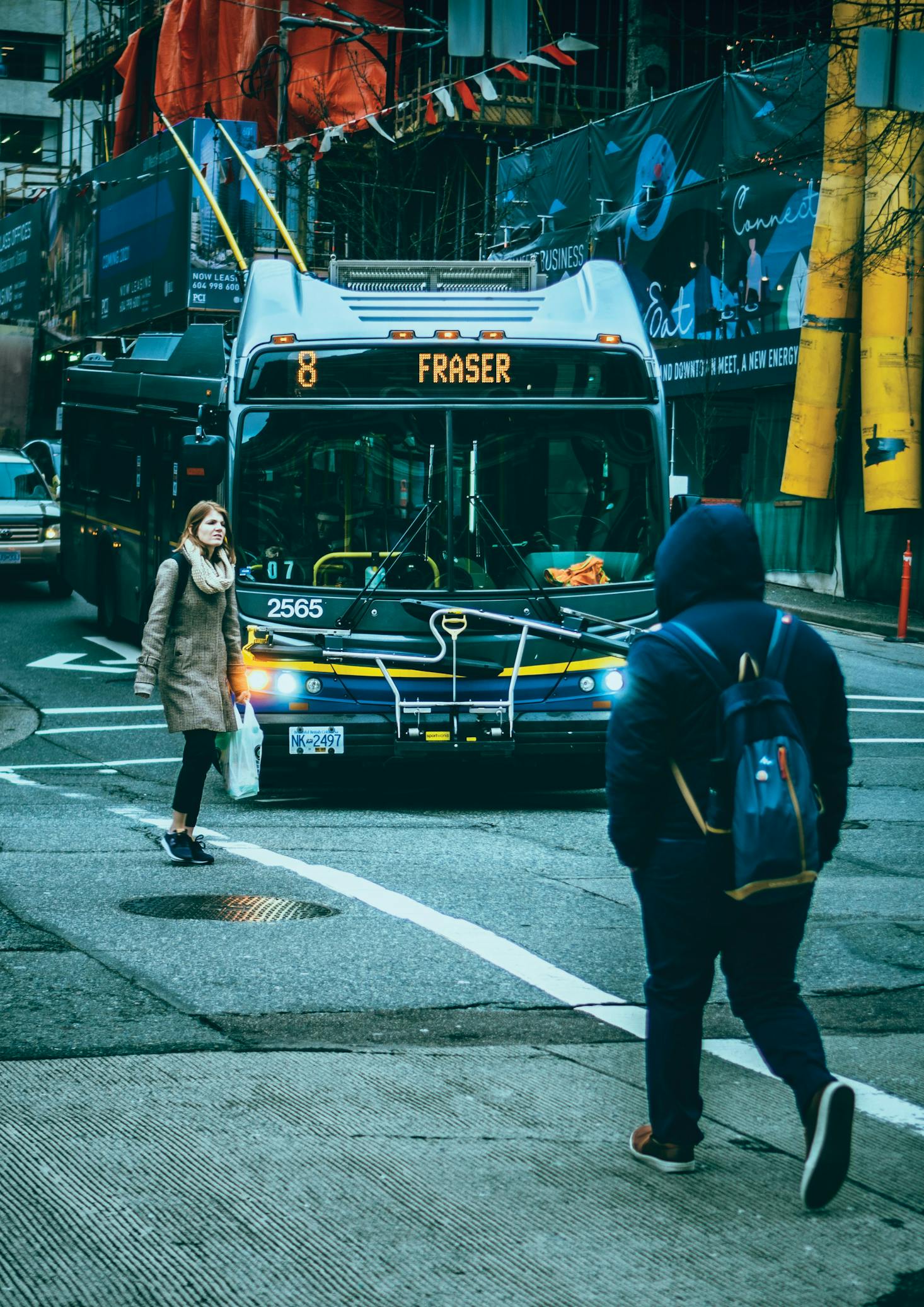
Vancouver and its suburbs are split into three zones for Skytrain purposes. Depending on where you want to go, you'll have to buy a ticket for one, two, or three zones. Zone one contains downtown Vancouver all the way to the neighboring city of Burnaby, which is located in zone two. Zone three begins on the other side of the Fraser River in Surrey, which isn't a place most tourists are likely to visit. However, it is important to know that Vancouver Airport is located in zone two. At the time of writing, a one-zone ticket costs three Canadian dollars, while a two-zone ticket will cost $4.25, and three zones will cost you $5.75. However, don't forget there's a five-dollar airport surcharge, so a trip from the airport to downtown will cost you $9.25.
Trains run every few minutes, and the trains from the airport have extra space inside for luggage. They are also bike-friendly and wheelchair accessible, making them a great way to get around. You'll find stations throughout the city, and you can change from one line to another at Waterfront Station and Commercial Drive. The electrically powered trains offer one of the most convenient and ecologically friendly ways to explore Vancouver and its surrounding area, and the trains and the stations are also well maintained and generally clean, making the Skytrain a surprisingly pleasant change from many other city's subway systems.
How to get around Vancouver by bus
Translink also operates Vancouver's bus network. Mass public transit came late to this British Columbia city, and so for everywhere the Skytrain doesn't reach, you may have to take a bus. If you want to reach Stanley Park from downtown Vancouver, for example, you'll need to take bus route 19, which stops inside the park. Otherwise, you'll either be paying for a Vancouver taxi, riding a bike, or walking from downtown.
A Compass card can be used on the bus as well as the Skytrain, but you can also purchase tickets from the driver as you board the bus. Unlike the Skytrain, Translink bus fares are all considered one zone no matter how far you travel. A single fare is valid for 90 minutes from the time you buy or validate it as you board the bus. This bus fare allows you to transfer to other bus routes within that 90 minutes, but it's not valid on the Skytrain or the Seabus, the passenger-only ferry that runs from downtown Vancouver to North Vancouver's Lonsdale Quay and the North Shore. However, if you use a Compass card, you can transfer from bus to Skytrain or Seabus within that 90-minute window. Also, note that change is not given if you choose to pay by cash. Some buses allow you to pay by contactless credit card.
Vancouverites love their bikes, and so the Translink bus network does its best to be as bike-friendly as possible. Many buses have bike racks on the front of the vehicle that will carry bikes. It's better not to try and take a bike with you during rush hour, as the busy drivers won't thank you for adding to their workload. But in off-peak times, it's a good way to get around the city and combine the best of bus and bike to see what Vancouver has to offer.

How to get around Vancouver by boat
In this coastal city, boats can offer a fun and convenient way to get around. For instance, the previously mentioned Seabus is a great way to go across Burrard Inlet from downtown to North Vancouver, where you'll find many of the city's best hiking trails. Along the way, you'll get stunning views of the North Shore mountains, the Lions Gate Bridge, Stanley Park, and downtown Vancouver. Likewise, False Creek Ferries offer a charming little boat that will take you from the South end of downtown Vancouver across False Creek to Granville Island, home of the city's best market and tons of bars, theaters, and art galleries that offer some of the most unmissable things to do in Vancouver at night. Finally, the provincially-managed BC Ferries connect the mainland with the vast wilderness of Vancouver Island. The ferries take both foot passengers and vehicles, and the nearest ferry terminal to downtown Vancouver is at Horseshoe Bay, which you can reach by bus from the heart of the city.
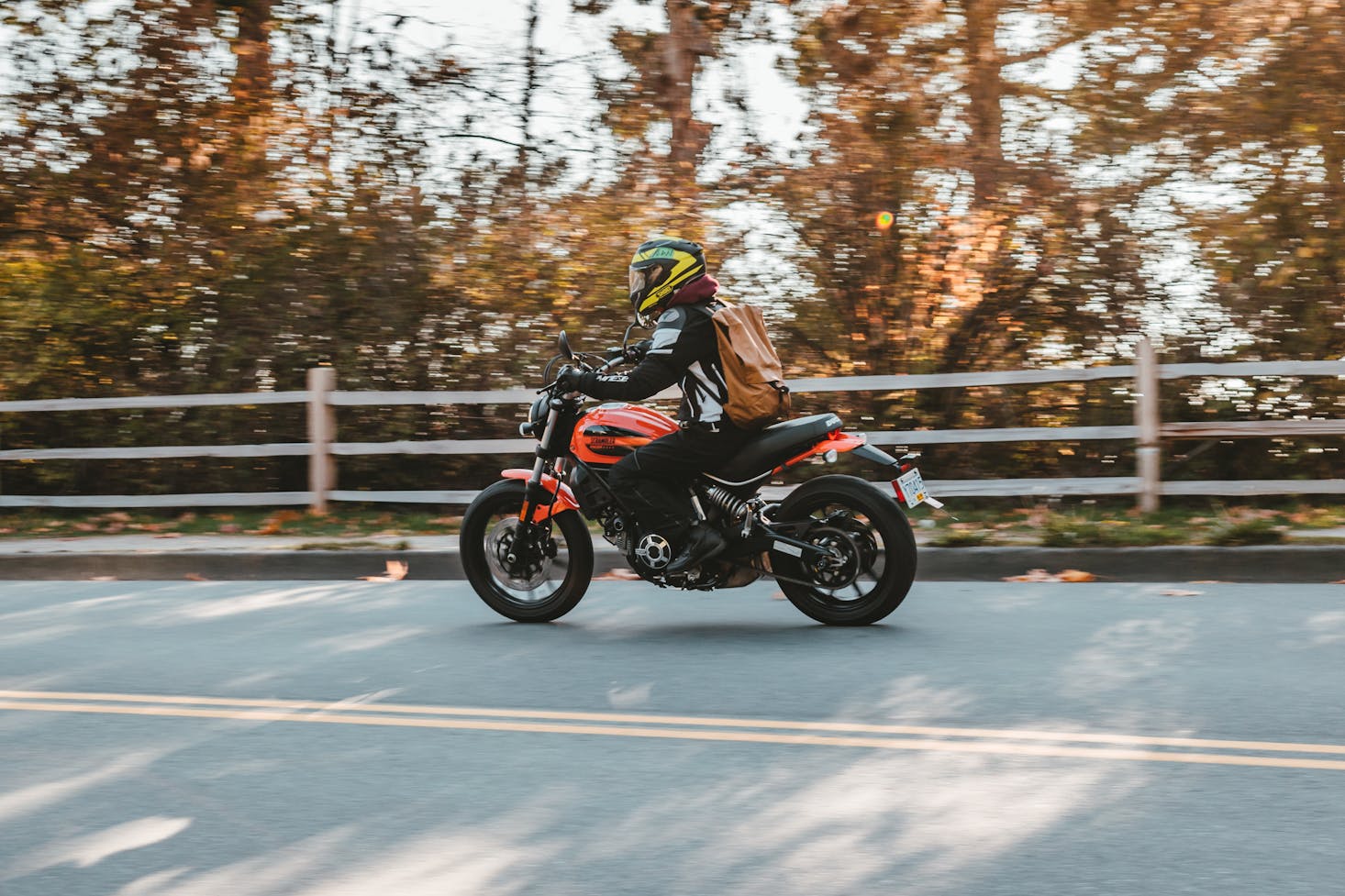
How to get around Vancouver by car
Vancouver is a young city by world standards. By the time the city's road network was being hacked out of the forest, automobiles were already becoming popular. As a result, the streets were designed to be driven. The downtown area and the rest of Vancouver is laid out on a grid system that is fairly easy to navigate. Street signs are well marked, and the roads are well-maintained. Additionally, Vancouver doesn't get the harsh winter weather that much of the rest of Canada does, so driving in the city can start to sound appealing.
You shouldn't have much trouble finding a rental car either at the airport or in downtown Vancouver. Although Vancouver's public transit network is equal to the task of getting around the city, if you want to take a day trip to some of the outstanding wilderness areas outside the city, such as Vancouver Island or the alpine playground of Whistler, a rental car can definitely make things easier.
About the biggest downsides to driving in Vancouver are problems that come with any city that has grown as rapidly as this one. Traffic and parking can both be a challenge, especially in the heart of the city. Parking in Vancouver is expensive, and the high value of real estate in the city means that parking spaces are few and far between. Additionally, Vancouver's topography can make traffic a challenge. Only two bridges, the Lions Gate Bridge and the Second Narrows Bridge, connect downtown Vancouver to North Vancouver, and it's a similar story to the south, where a couple of bridges across the Fraser River and connect Vancouver to the vast suburbs of Richmond, Surrey, and Langley. As a result, traffic both in the city and on the highway that leads out into the Fraser Valley can become very heavy at the end of a workday.
Car share companies and taxis can offer an alternative to those who want to get around the city without the stress of finding parking. However, these options can quickly become expensive in a city that's already not exactly an affordable place to visit.
A popular alternative is to rent a bike to get around Vancouver. The downtown area is relatively small, and you'll find bike lanes on all the major routes in the city center. You can rent bikes at several outlets throughout the city, including the city's own Mobi bike network. Plus, the relatively compact size of the city center makes it a breeze to get around. A bike ride from BC Place on the eastern edge of downtown Vancouver all the way to Stanley Park on the western edge will only take you around 12 minutes, and you'll be able to ride along Georgia St in a protected bike lane the whole way.
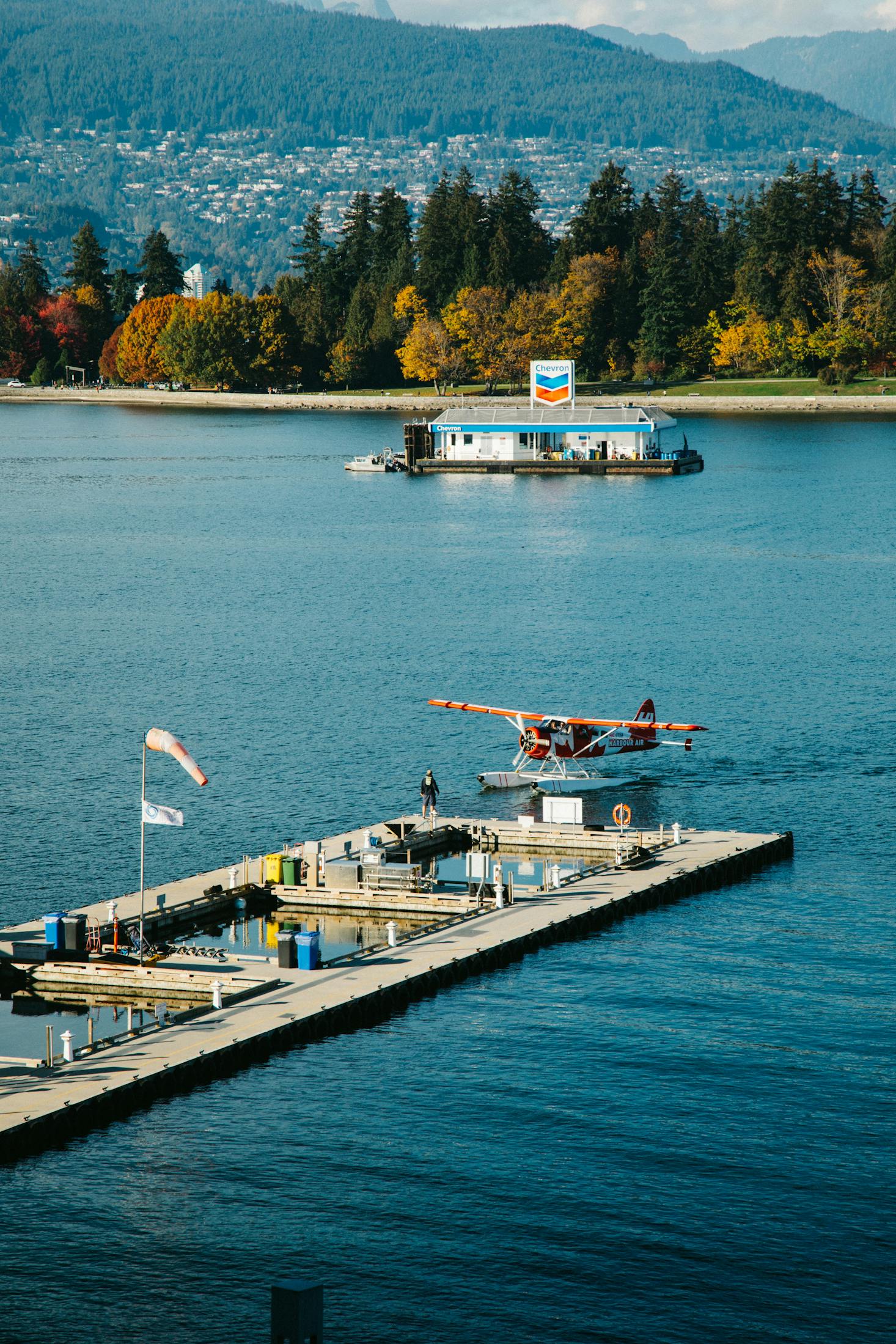
Can I get around Vancouver on foot?
You certainly can. Surrounded as it is by mountains and ocean, Vancouver has been forced to become one of the densest cities in Canada as it has grown, and this makes it a very walkable place. You can walk all the way across downtown Vancouver in half an hour or less. The city's grid system means it's not too challenging to find your way around, and if you do get stuck, it may help to remember that Grouse Mountain and the other imposing mountains of the North Shore that you can see from downtown are located to the north, helping to keep you oriented.
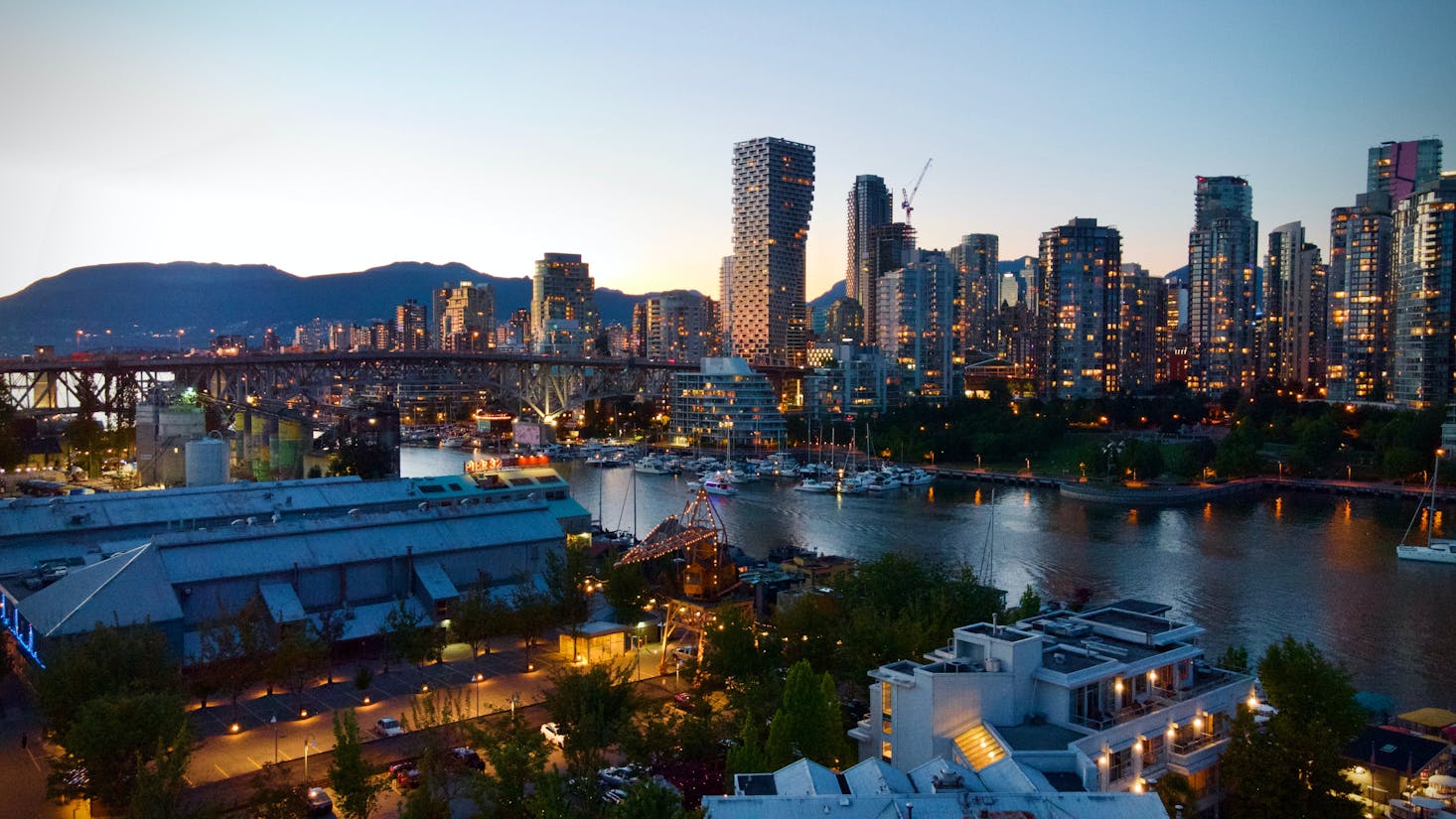
Conclusion
If everything you want to see is in downtown Vancouver, walking is a fantastic option to get around. And with the city's enviable public transport network, if you do want to go a little further and see things that aren't within walking distance, it isn't too hard to find a bus, a ferry, or a Skytrain that will take you there. But if you do want to explore some of the outlying areas or the endless outdoor activities you'll find in the region, a car can also be extremely useful for seeing more of British Columbia. However you choose to travel, don't forget to drop off your unneeded bags at a Bounce luggage storage so that you're not carrying more than you need to.

Love discounts and traveling?
Sign up for our newsletter and get 10% off your next booking.
